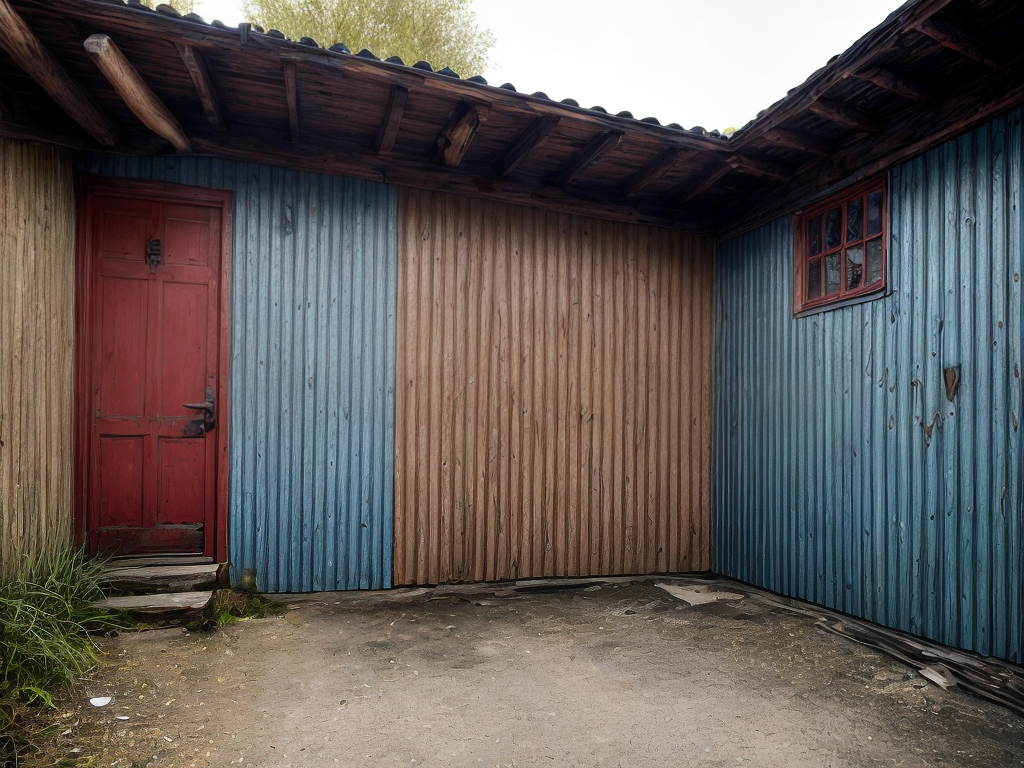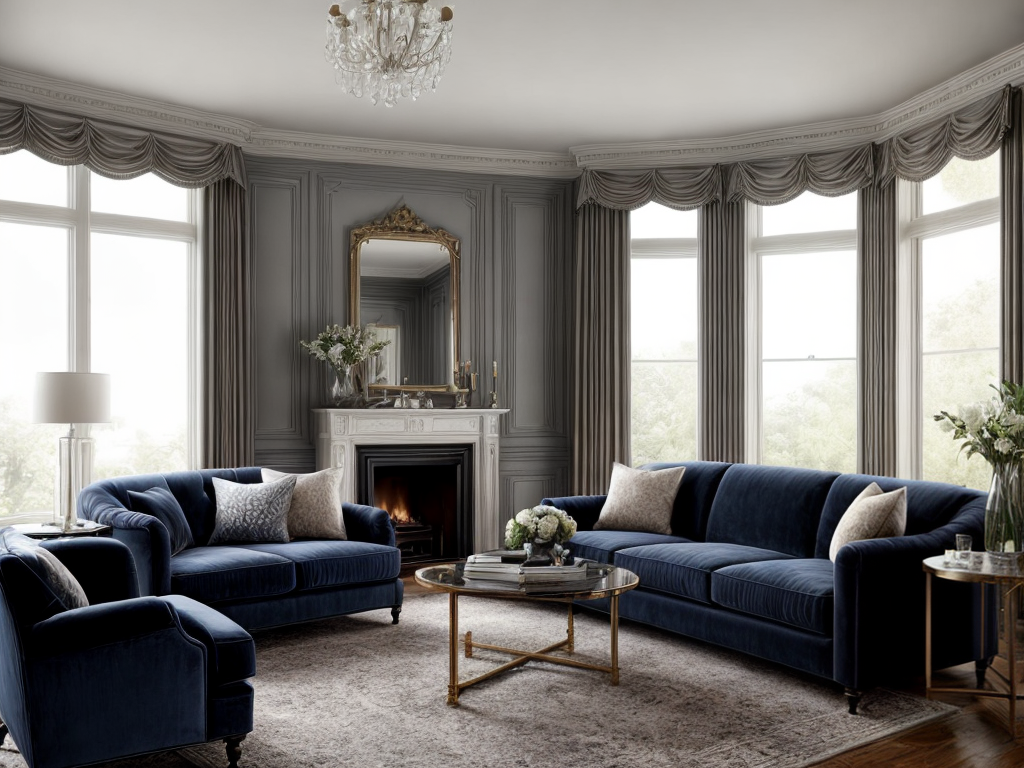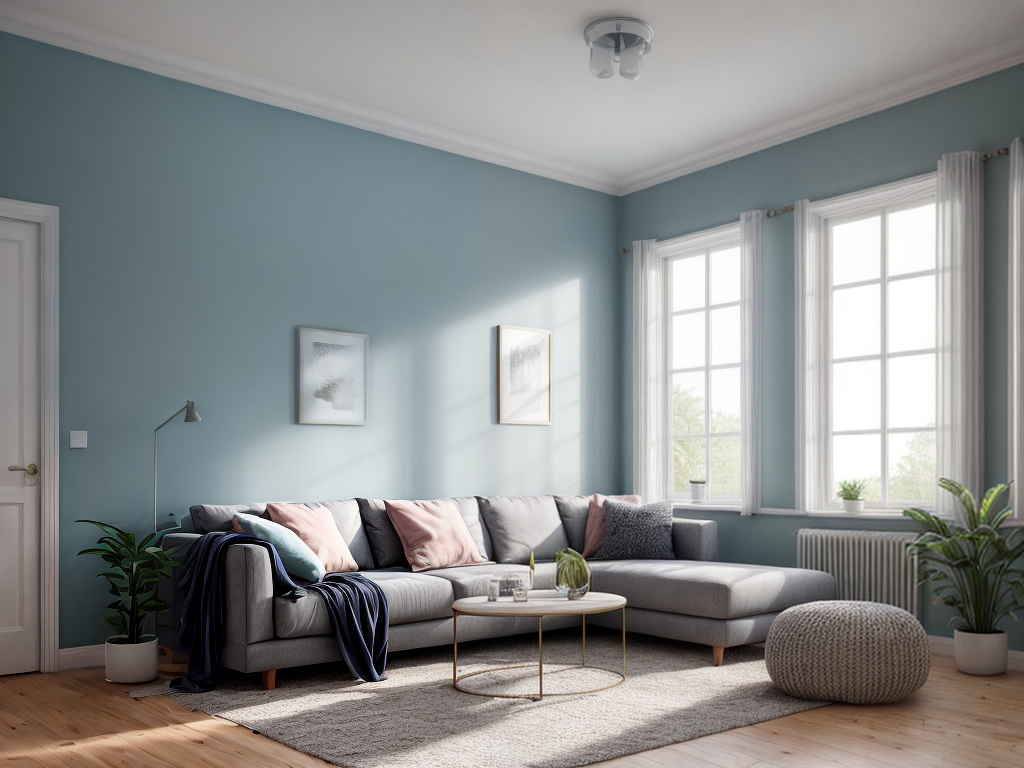Painting a room is like finding the perfect shade of lipstick for a night out. Just like there are different colors, finishes, and textures in the makeup aisle, there are countless options when it comes to choosing the right paint. That’s where this DIY guide comes in. As someone who has navigated the overwhelming world of paint choices, I want to share my expertise with you. In this guide, we’ll explore the different types of paint, how to evaluate color options, and even consider eco-friendly choices. By the end, you’ll be equipped with the knowledge you need to confidently select the perfect paint for your next project. So, grab your paintbrush and let’s get started!
Understanding Paint Types
Understanding different paint types is crucial when selecting the right paint for your DIY project. One important aspect to consider is the paint finish. There are various types of paint finishes available, each with its own unique characteristics. For example, gloss finishes are shiny and reflective, while matte finishes are flat and non-reflective. Understanding your desired aesthetic and the practical requirements of your project will help you choose the appropriate paint finish. Additionally, it is important to consider eco-friendly options when selecting paint. Look for paints that are labeled as low VOC (volatile organic compounds) or zero VOC, as these options are better for the environment and your health. By being aware of paint finishes and eco-friendly choices, you can make an informed decision and achieve the desired results for your DIY project.
Evaluating Color Options
When it comes to choosing the right paint color, there are a few key points to consider. First, color psychology effects can have a significant impact on the mood and ambiance of a room. It’s important to choose colors that align with the desired atmosphere. Additionally, lighting considerations are crucial as the same color can look different under various lighting conditions. Taking these points into account will help ensure a successful paint color choice.
Color Psychology Effects
After researching color psychology effects, I found that evaluating different color options is crucial when choosing the right paint. Color symbolism plays a significant role in how colors are perceived and can have a direct impact on our mood and emotions. For example, warm colors like red and orange are often associated with energy and excitement, while cool colors like blue and green are known for their calming and soothing effects. It is important to consider the purpose of the room or space you are painting and the desired atmosphere you want to create. For a bedroom, you may want to choose colors that promote relaxation and tranquility, while for a living room, you may opt for colors that encourage social interaction and energy. By understanding the impact of color on mood, you can make thoughtful and informed decisions when selecting paint colors for your home.
Lighting Considerations for Color
To properly evaluate color options, it is essential to consider the impact of lighting on the colors you choose. Lighting can greatly affect how colors appear in a space, so it’s important to take into account both natural and artificial lighting sources. Natural lighting, such as sunlight, can make colors appear brighter and more vibrant. It is important to consider how natural light enters the room at different times of the day. On the other hand, artificial lighting can have different color temperatures, which can alter the way colors are perceived. For example, warm lighting can make colors appear more yellow or orange, while cool lighting can make colors appear bluer. It is crucial to test paint samples under different lighting conditions to ensure you choose the right color for your space.
Assessing Durability and Longevity
While considering durability and longevity, it is important to assess the paint’s resistance to wear and tear. When evaluating paint brands, it is crucial to look for those that offer high durability and long-lasting performance. This can be determined by checking the paint’s label for information on its resistance to fading, cracking, and peeling. Additionally, it is advisable to read customer reviews and seek recommendations from professionals who have experience with different paint brands. To ensure the longevity of painted surfaces, proper maintenance is essential. Regular cleaning with mild soap and water, avoiding abrasive cleaners, and using a soft cloth or sponge can help maintain the paint’s appearance. Touching up any chips or scratches promptly will also prevent further damage and extend the life of the paint.
Considering Finishes for Different Surfaces
One important factor to consider when choosing the right paint for different surfaces is the type of finish that best suits your needs. Choosing the right finish is crucial because it not only enhances the appearance of the painted surface but also affects its durability and longevity. There are various finishes available, each with its own unique properties and applications. For example, a high-gloss finish is ideal for surfaces that require maximum durability and are easy to clean, such as trim, doors, and cabinets. On the other hand, a flat or matte finish is best suited for surfaces with imperfections, as it helps to hide them. Before applying the chosen finish, proper surface preparation is vital to ensure optimal adhesion and long-lasting results. This includes cleaning, sanding, and priming the surface as necessary. By considering finishes and performing thorough surface preparation, you can achieve professional-looking results that will stand the test of time.
Selecting the Right Paint Sheen
When it comes to choosing the right paint sheen, I always consider the specific needs of the surface I’m painting. There are various paint sheen options available, each with its own pros and cons. The sheen level refers to the level of glossiness or shine in the paint finish. Higher sheen levels, such as high gloss or semi-gloss, offer a more reflective surface that is easy to clean and resistant to moisture and stains. However, they also tend to highlight imperfections on the surface. On the other hand, lower sheen levels, like eggshell or matte, provide a more subtle and forgiving finish that is great for hiding flaws. However, they may not be as durable or washable as higher sheen paints. Ultimately, the choice of paint sheen depends on the specific requirements of the surface and the desired aesthetic outcome.
Exploring Eco-Friendly Paint Choices
I love how eco-friendly paint choices not only benefit the environment but also save me money in the long run. Not only are these paints made with low or no VOCs, reducing indoor air pollution, but they also have a longer lifespan, meaning fewer repaints and more savings. Plus, with the increasing availability of eco-paints, the cost difference compared to traditional paints is becoming less significant, making it a win-win for both my wallet and the planet.
Benefits of Eco-Paints
As a DIY enthusiast, I have found that using eco-paints offers numerous benefits for both the environment and my home projects. When comparing eco paints to traditional paints, one of the most significant advantages is their lower environmental impact. Traditional paints often contain harmful chemicals, known as volatile organic compounds (VOCs), which can contribute to air pollution and have adverse health effects. In contrast, eco-paints are made from natural and renewable materials, such as plant oils and minerals, and have significantly lower levels of VOCs. By choosing eco-paints, I can minimize my exposure to toxic substances and reduce my carbon footprint. Additionally, eco-paints have improved indoor air quality, as they release fewer toxins into the air during and after application. This not only benefits the environment but also creates a healthier living space for my family.
Cost Comparison and Savings
One important aspect to consider when exploring eco-friendly paint choices is the potential cost savings. While eco-friendly paints may have a slightly higher upfront cost compared to traditional paints, a cost analysis reveals that they can offer significant long-term savings. Eco-friendly paints are durable and have a longer lifespan, reducing the need for frequent repainting. They also contain fewer harmful chemicals, which means less exposure to toxins and a healthier indoor environment. Additionally, some eco-friendly paints are formulated to be energy-efficient, providing insulation and reducing heating and cooling costs. By choosing eco-friendly paints, you not only contribute to a more sustainable future but also make a smart long-term investment that can save you money in the long run.
Budgeting for Your Painting Project
When budgeting for a painting project, it is essential to consider the costs associated with materials and labor. One of the first steps in budgeting is to estimate the overall cost of the project. This includes calculating the amount of paint needed, any additional materials like brushes or rollers, and the cost of labor if you plan on hiring professionals. To keep costs low, it’s important to find affordable options for these materials. Look for sales or discounts at local hardware stores, or consider purchasing in bulk to save money. Another way to save on labor costs is by doing the painting yourself instead of hiring someone else. By carefully considering these factors and finding affordable options, you can successfully budget for your painting project.
Conclusion
In conclusion, when it comes to choosing the right paint for your DIY project, it’s important to consider all the factors mentioned in this guide. From understanding different paint types to evaluating color options and assessing durability, each step plays a vital role in achieving the desired outcome. So, whether you’re painting a room or renovating your home, remember to select the perfect paint that will transform your space into a masterpiece, as vibrant and breathtaking as a sunset over a tranquil ocean.




